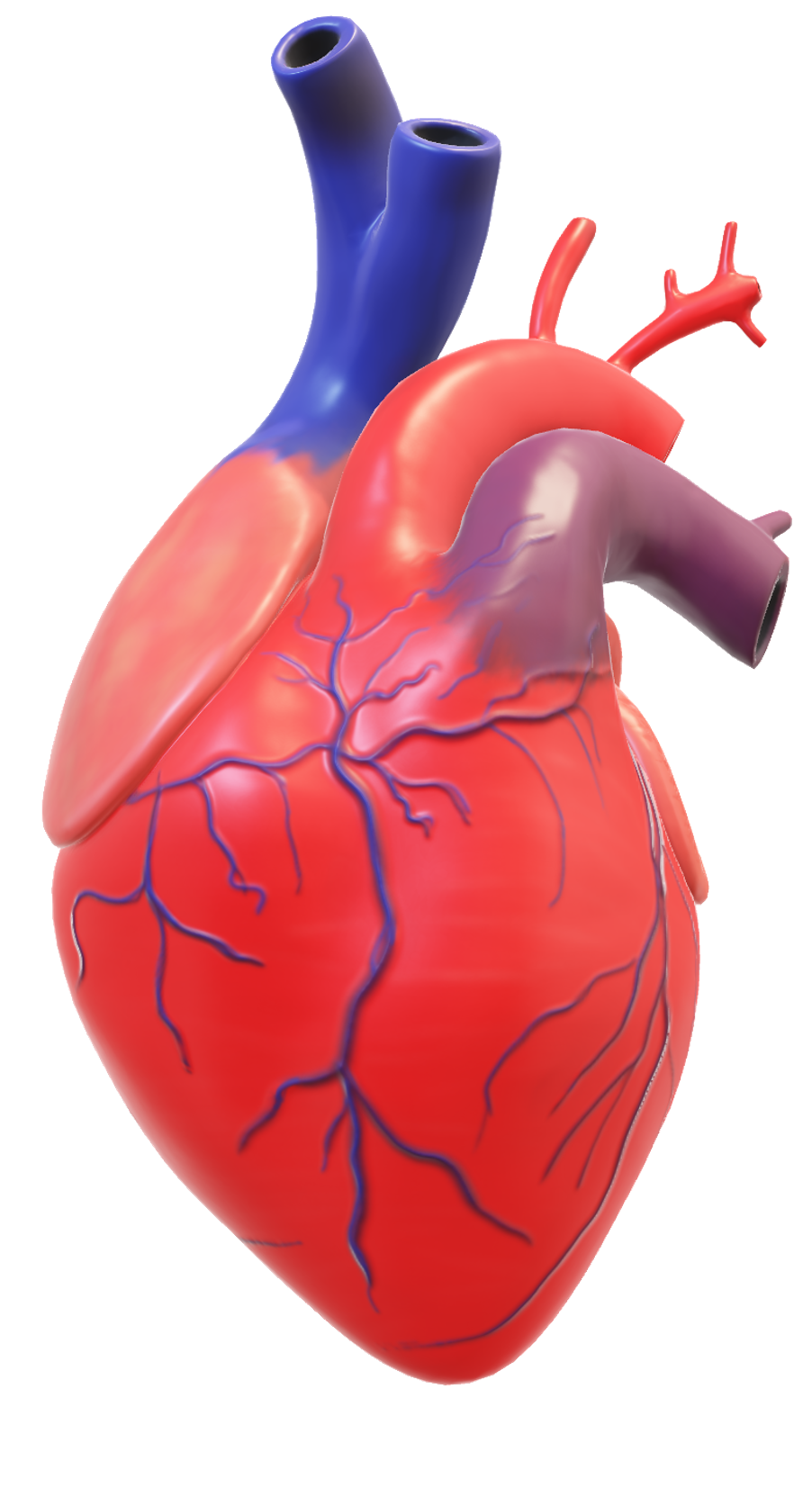June Is Stroke Awareness Month

It is Stroke Awareness Month, a time to create awareness and educate ourselves about the nature and effects of this potentially deadly condition. A stroke, sometimes called a brain attack, occurs when blood is blocked to a part of the brain or when a blood vessel in the brain bursts. According to the CDC, every 40 seconds, someone in the United States has a stroke and every 3.5 minutes, someone dies of a stroke. If we listen closely, we can hear our bodies constantly communicate with us and the same happens when we are having a stroke. High blood pressure, high cholesterol, smoking, obesity, and diabetes are leading causes of strokes. There are preventative methods to keep strokes at bay, but if we are among those susceptible to having a stroke there are signs that alert us to call for help.
5 Warning Signs of Stroke: Act F.A.S.T. and follow this checklist
• F – Face. Can you smile? Sudden numbness or weakness in the face, arm or leg (especially on one side of the body).
• A – Arms. Raise both arms. Sudden difficulty walking or dizziness, loss of balance or problems with coordination.
• S – Speech. Repeat simple phrases. Sudden confusion or trouble speaking or understanding speech.
• T – Time. If you see any of these signs, call 9-1-1 right away. If you are treated within 3 hours of symptoms, you will have a greater chance of recovering.
Triggers for Strokes:
• Processed foods that contain trans-fat, such as crackers, chips, store-bought foods, and fried foods, typically contain a lot of trans fat, a very dangerous type of fat because it increases inflammation in the body
• Smoked and processed meats
• Table salt
• Continuous stress
What are the types of strokes?
Stroke risk increases with age, but strokes can occur at any age. The type of stroke you have affects your treatment and recovery. There are two types of strokes: ischemic stroke and hemorrhagic stroke. A transient ischemic attack (TIA) is sometimes called a mini-stroke because blood flow to the brain is blocked for no more than 5 minutes.
• Ischemic stroke occurs when blood clots or other particles block blood flow. Fatty deposits called plaque can also cause blockages by building up in the blood vessels.
• Hemorrhagic stroke happens when an artery in the brain leaks blood or bursts.
• Transient ischemic attack (TIA) is considered a warning stroke. A TIA is a medical emergency, just like a major stroke. More than a third of people who have a TIA and don’t get treatment have a major stroke within 1 year. As many as 10% to 15% of people will have a major stroke within 3 months of a TIA.
The goal is to maintain a level of health that keeps issues, such as strokes, at bay. If you have health conditions remember to take your medications and blood pressure regularly, exercise often, and choose healthy foods. At Talem Home Care and Placements, we are a strong community of caregivers! We steadily continue to care for our community delivering quality care and satisfying loved one’s expectations in caring for our clients. If we take to heart to live each day as if it’s our last, we are here to help make each day count!
Source: CDC and the American Heart
